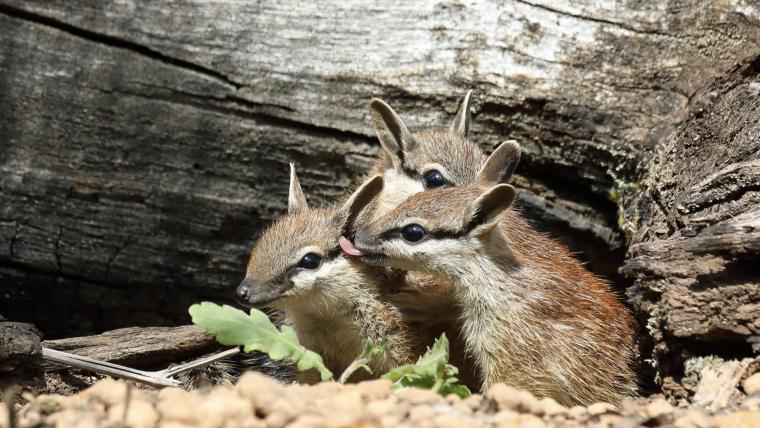
Only 1 000 numbats remain in Australia. This is how to protect them
Before the 19th century, a small mammal with a pointed head and bushy tail roamed freely in the heart of the Australian woodlands. They were not squirrels or eastern quolls, but numbats. These animals once inhabited the continent’s southern arid lands. When European settlers arrived in Australia, they introduced new animals to the region. Now, numbats are battling invasive species and habitat loss. They may be one of the lesser-known animals, but they are also one of the most endangered – there are only 1 000 left in the wild.
Today, numbats are restricted to sanctuaries and fenced reserves. In their natural habitat, they use their 10 centimetre-long tongues to sate their appetite for up to 20 000 termites a day. With blunt pegs for teeth, they gobble down their food without chewing. Their diurnal nature means they are more vulnerable to predators such as foxes and feral cats, whom they have little defence against. Their reddish fur and grey stripes allow them to camouflage with the foliage and hide in logs and burrows. But deforestation is leaving numbats without food or refuge.
The numbat’s small size, large home range, and preference for solitude make them difficult to survey. As the emblem of Western Australia, conservationists are actively working to protect these critters. The Numbat Task Force uses photographs to keep track of their numbers, while Perth Zoo runs breeding for release programmes, and the World Wildlife Fund monitors their wellbeing in their habitat. If we can conserve their natural environments, numbats will be around for generations to come.
Footage by the Numbat Task Force was used in the creation of this film.






























Please sign in to leave a comment